For decades, the question of whether life ever existed on Mars has fascinated scientists and space enthusiasts alike. Now, recent research is pointing to an unlikely but promising candidate in the search for answers: thick, ancient layers of clay buried beneath the Martian surface.
Clay, known on Earth for its ability to preserve organic material over millions of years, has become a major point of interest for planetary geologists. On Mars, vast clay-rich regions—especially those formed in the presence of water—could act as natural archives, storing biosignatures or microscopic remnants of ancient microbial life. These layers may have remained shielded from harsh radiation, oxidation, and surface erosion, making them ideal for preserving fragile organic molecules.
What makes Martian clay particularly compelling is its connection to water. Most of these deposits formed billions of years ago during a period when Mars was warmer, wetter, and potentially habitable. This ancient environment might have supported primitive life, and the clay minerals could have locked away evidence of that life when conditions began to deteriorate.
Scientists believe that subsurface exploration is key. While current rovers like Perseverance are capable of analyzing surface rocks, the real potential lies deeper. Instruments on future missions are being designed to drill beneath the weathered exterior of Mars and access pristine clay layers, possibly untouched for eons. These deep samples could provide vital information about past habitability and even hints of organic compounds or fossilized microbes.
Some researchers are also studying how clay interacts with Martian chemistry. Certain types of clay can trap carbon-based molecules, shielding them from oxidizing agents like perchlorates—common on Mars’ surface. By preserving these molecules, the clay acts as a time capsule, offering scientists a rare glimpse into Mars’ distant past.
As space agencies plan more sophisticated missions and sample-return programs, the focus on clay-rich terrains is intensifying. If signs of life are hiding anywhere on the Red Planet, the thick, buried layers of Martian clay might just be the most promising place to find them.
In the quest to answer humanity’s oldest question—are we alone in the universe?—the answers may not lie in distant galaxies, but just beneath the rusty surface of our planetary neighbor.

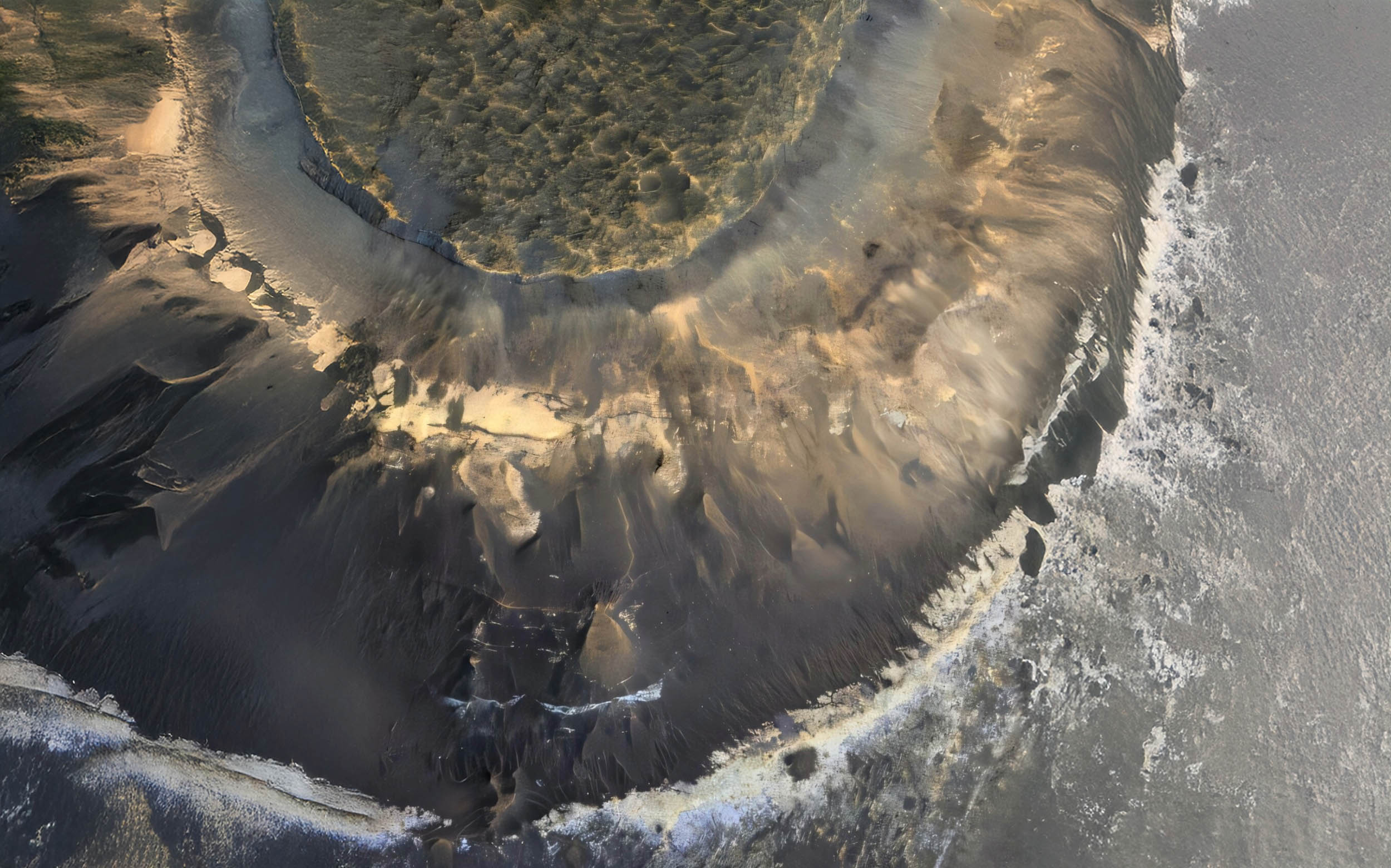
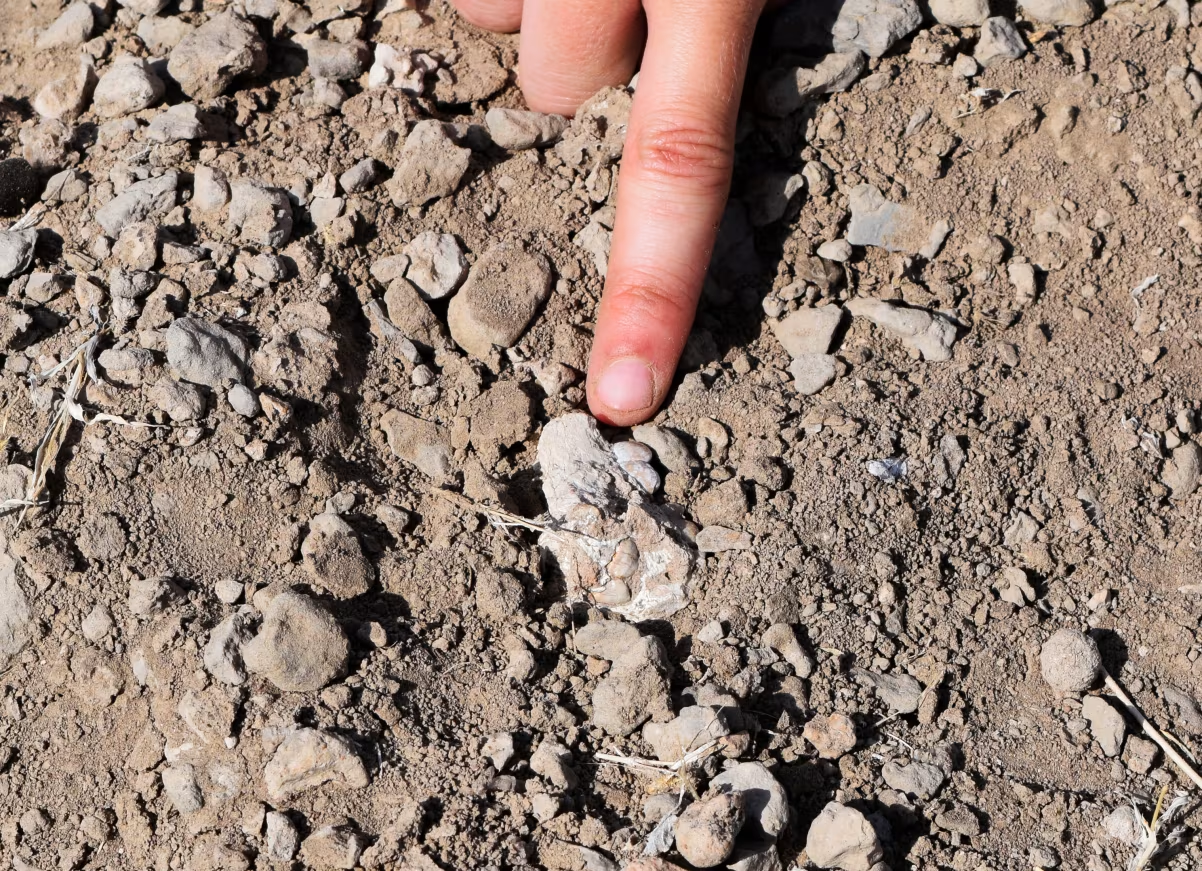
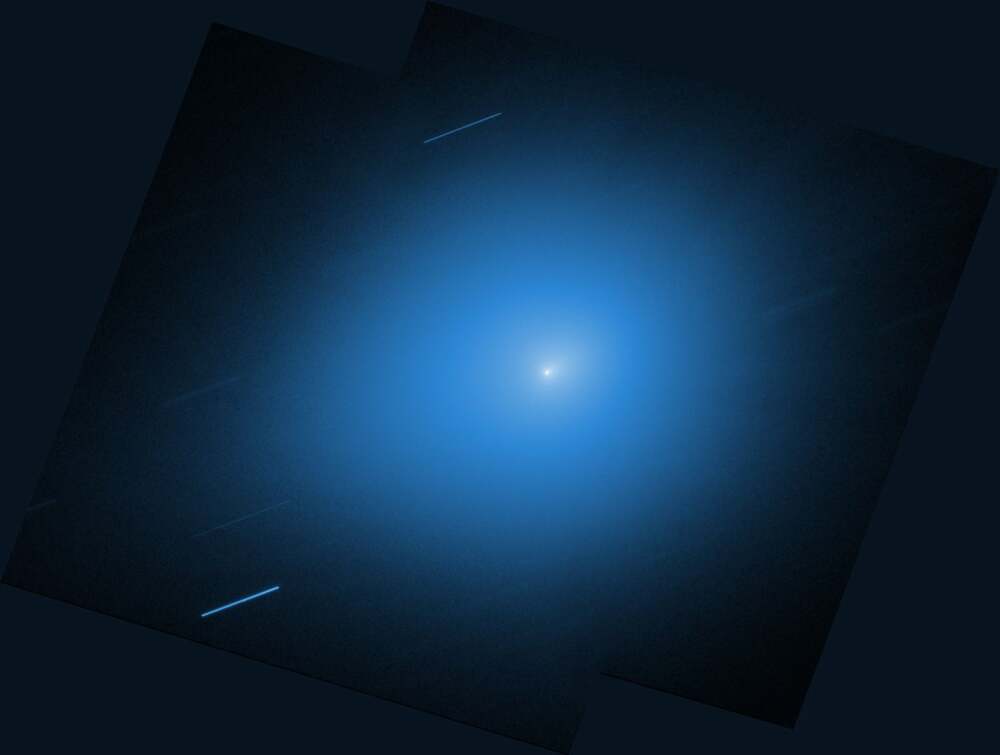
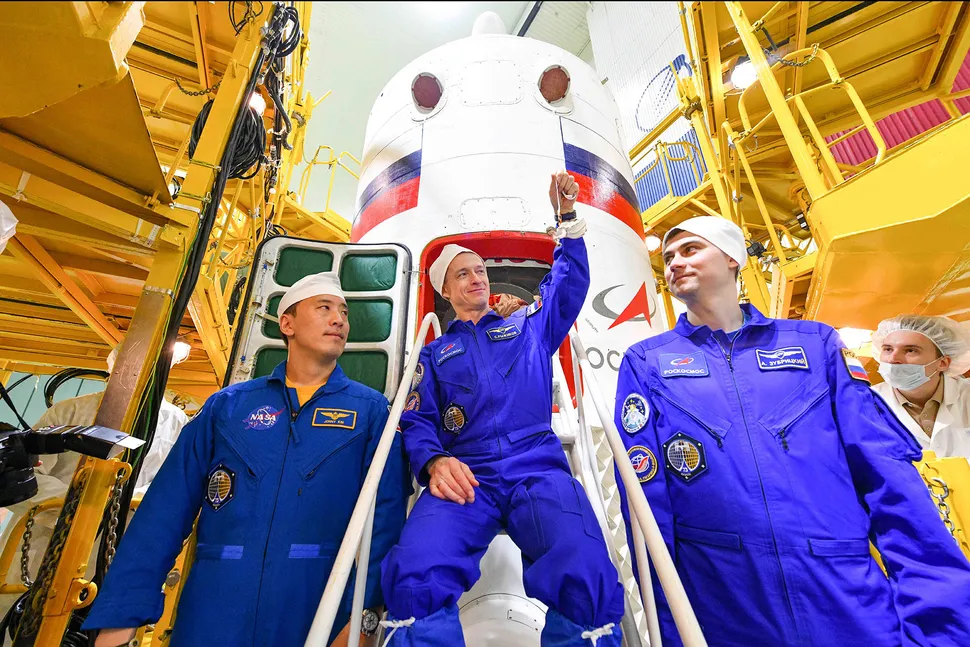
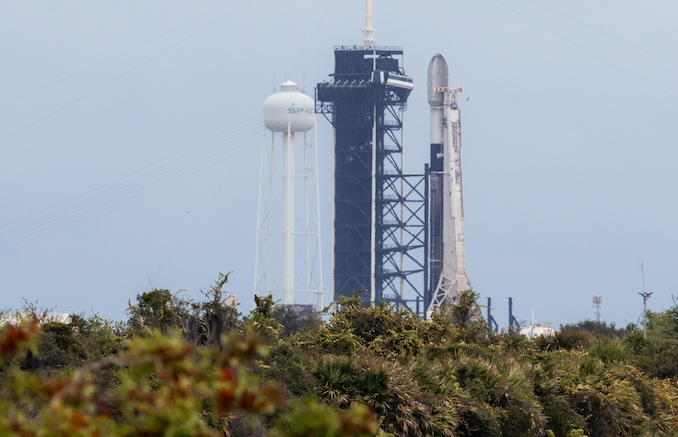



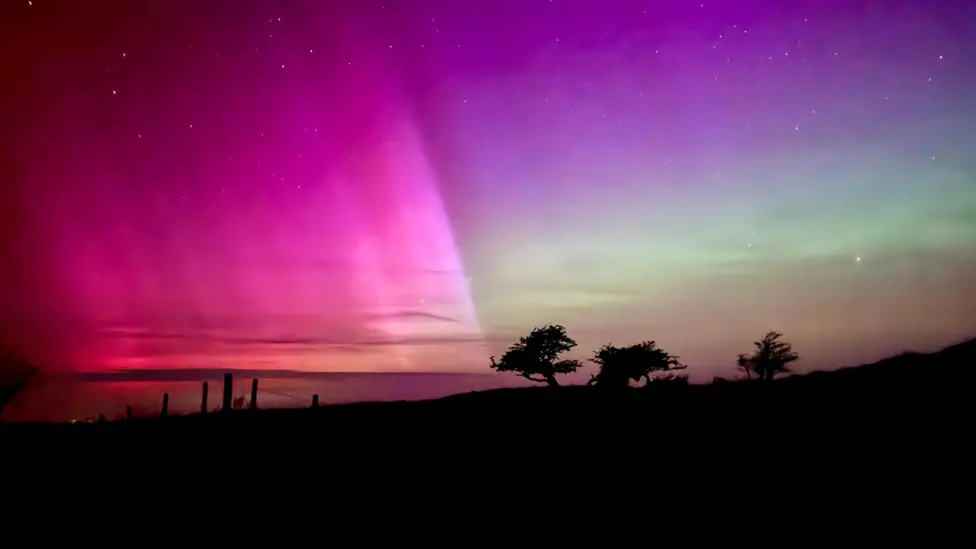
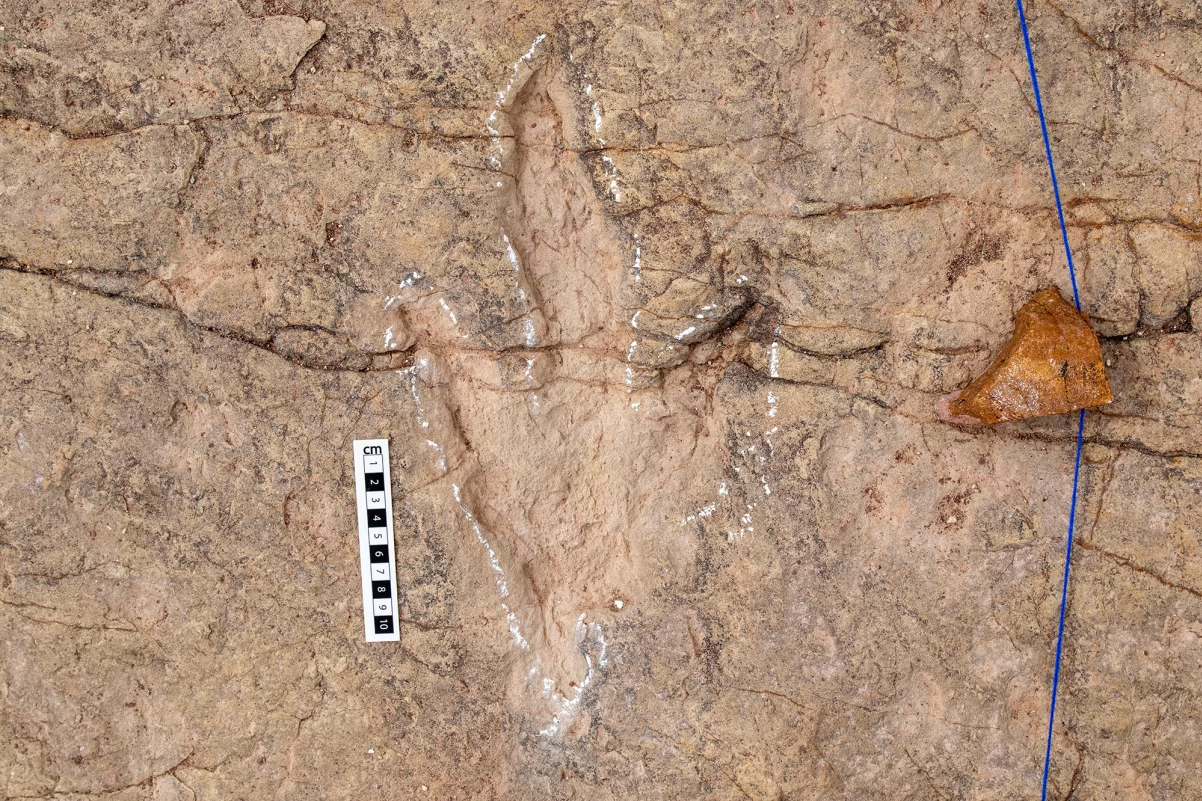
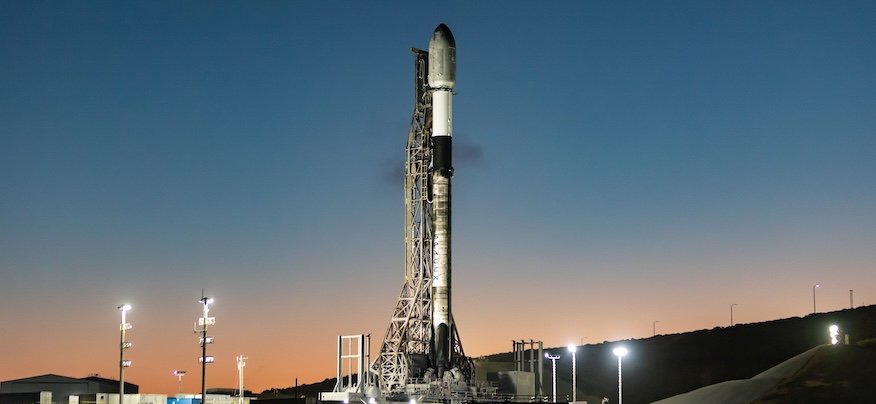


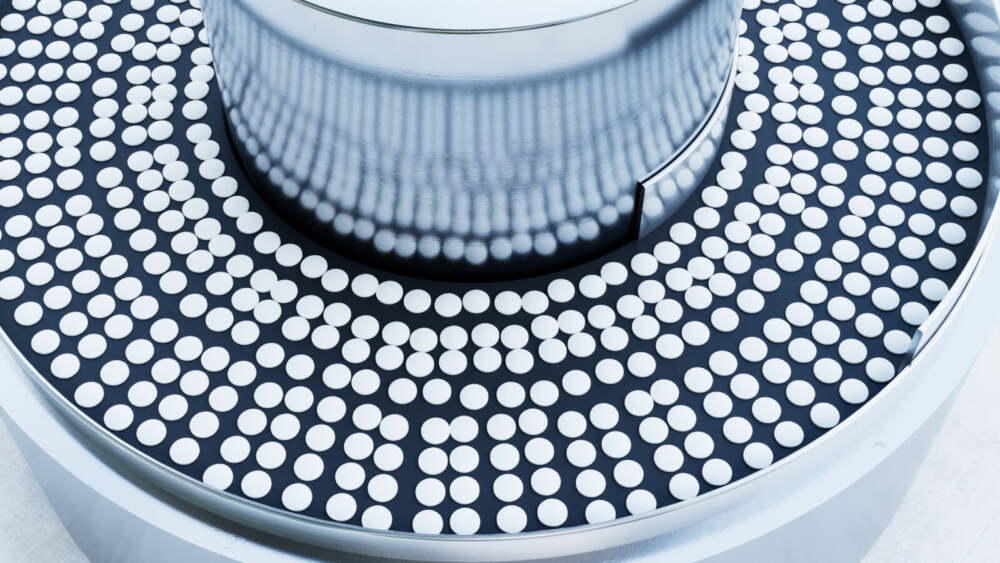

Leave a Reply